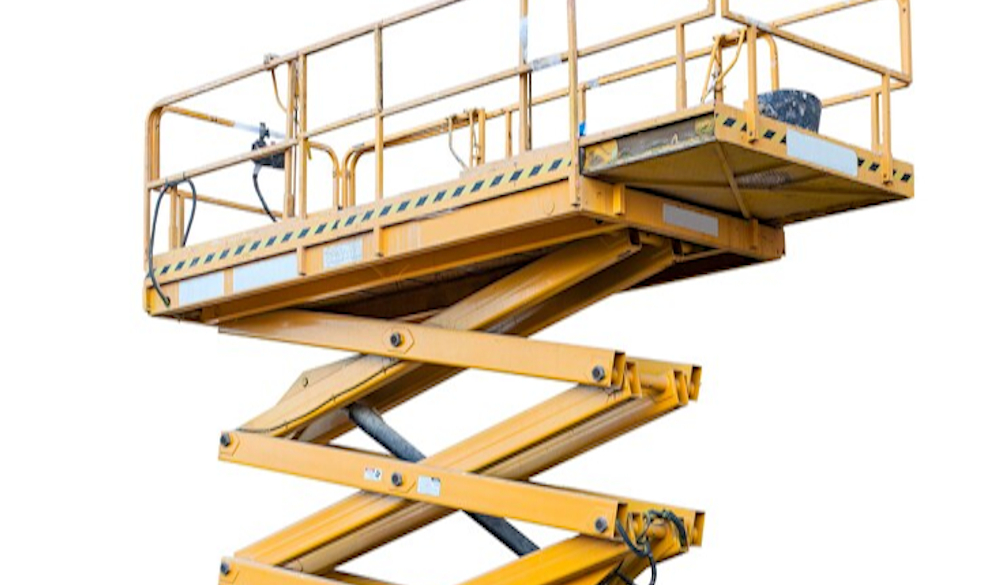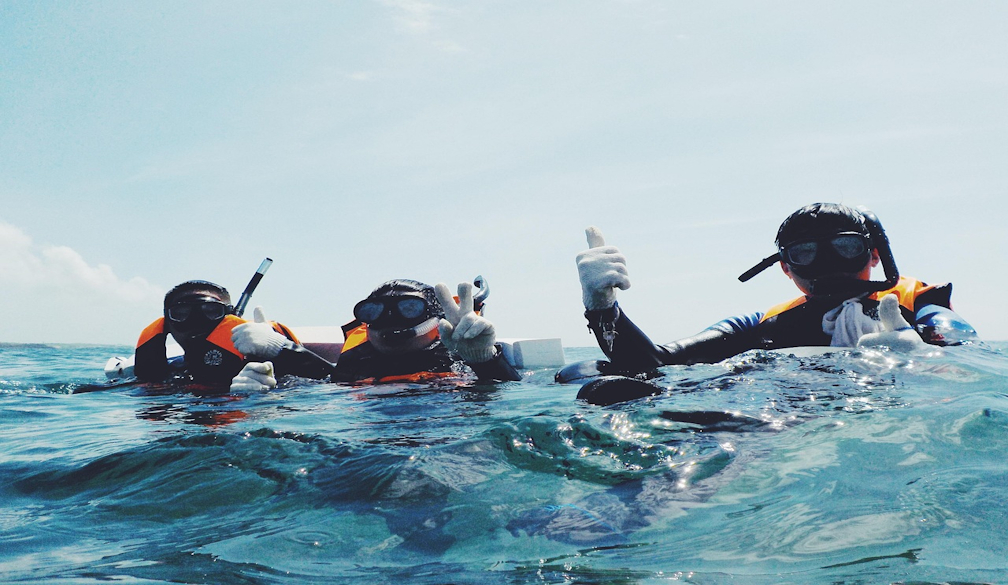Scissor Lift for Sale: A Comprehensive Guide to Finding the Right Equipment for Your Business
- Written by Daily Bulletin

When it comes to accessing hard-to-reach areas or lifting heavy loads safely and efficiently, a scissor lift for sale is one of the most practical solutions available. Whether you're in construction, maintenance, warehousing, or an event setup, scissor lifts offer an elevated platform that can reach impressive heights with a focus on safety and stability. If you're considering purchasing a scissor lift for your business or project, there are several factors you need to consider to ensure you get the right equipment for your needs.
What is a Scissor Lift?
A scissor lift is a type of aerial work platform designed to raise and lower workers or materials to elevated areas. The lift operates by using a crisscrossing set of metal arms (resembling the blades of scissors) that allow the platform to move vertically. Scissor lifts are available in various sizes and configurations, each tailored to different uses and environments.
These lifts are ideal for both indoor and outdoor applications, depending on the type and power source. With options powered by electricity, hydraulic systems, or even gas engines, scissor lifts provide flexibility in various environments. The main appeal of scissor lifts lies in their stability, ability to carry heavy loads, and precision in elevating personnel and materials.
Key Benefits of Scissor Lifts
Scissor lifts are used across a wide range of industries due to their unique ability to safely elevate personnel and materials. Here are some key benefits that make scissor lifts an invaluable tool for businesses:
- Safety
One of the primary reasons scissor lifts are so popular is their enhanced safety features. The wide base and stable platform ensure that the lift remains steady even at great heights. With guardrails and safety rails around the platform, workers are kept safe while performing tasks at elevated positions. Unlike ladders or scaffolding, which can be precarious, scissor lifts provide a secure, stable surface for workers, reducing the risk of falls and accidents.
- Efficiency
Scissor lifts can carry multiple workers and materials at once, which helps improve efficiency on the job site. This is particularly useful in tasks such as construction, warehouse management, or event setup, where time is of the essence. Additionally, scissor lifts can be easily raised and lowered, which streamlines the process of moving materials and accessing elevated areas.
- Increased Productivity
By providing quick and easy access to high areas, scissor lifts enable workers to complete tasks faster. Whether it’s repairing or maintaining machinery, cleaning windows, or installing lighting, scissor lifts significantly reduce the time spent setting up scaffolding or ladders. With a scissor lift, you can get the job done more efficiently, leading to increased productivity on the job site.
- Cost-Effectiveness
While the upfront cost of a scissor lift can be significant, purchasing one can be more cost-effective than renting one over the long term, especially if you need to use it frequently. Owning a scissor lift eliminates rental fees, maintenance costs, and transportation charges. Additionally, the ability to use the lift at your convenience can help you complete projects more quickly and prevent delays.
Important Factors to Consider When Buying a Scissor Lift
When purchasing a scissor lift, there are several important considerations to keep in mind to ensure you select the right model for your specific needs:
- Height Requirements
The height that the lift can reach is one of the most important factors to consider. Scissor lifts come in a range of heights, with some models able to reach as low as 10 feet and others capable of extending up to 50 feet or more. Determine the maximum height you need to access and choose a lift that can meet your requirements.
- Load Capacity
Different scissor lifts have different load capacities. Ensure that the lift you choose can safely handle the combined weight of personnel, tools, and materials. Typical load capacities range from 500 pounds to 2,000 pounds, depending on the model.
- Terrain Type
Consider where the lift will be used. If you need to use the lift on rough, uneven ground, a rough terrain scissor lift with large tires and higher ground clearance is necessary. For indoor use on smooth surfaces, an electric or hydraulic lift would be more appropriate.
- Power Source
Scissor lifts can be powered by electricity, diesel, gas, or compressed air. If you're working indoors and need a quieter, emissions-free option, an electric lift is the best choice. For outdoor or heavy-duty applications, a diesel or gas-powered model may be more suitable.
- Size and Manoeuvrability
Scissor lifts come in different sizes, and the compact models are ideal for navigating tight spaces, such as warehouses or narrow aisles. Ensure that the lift you choose can fit through doorways and other narrow spaces in your work environment.
Final Thoughts
Scissor lifts are an indispensable tool for businesses and industries that require elevated access for workers and materials. Whether you're in construction, maintenance, warehousing, or event setup, owning a scissor lift can improve productivity, enhance safety, and reduce the need for time-consuming setups. By considering factors such as height requirements, load capacity, terrain, and power source, you can choose the right scissor lift for your business. If you're looking for a scissor lift for sale, it's essential to make an informed decision that ensures long-term value and efficiency on the job site.







